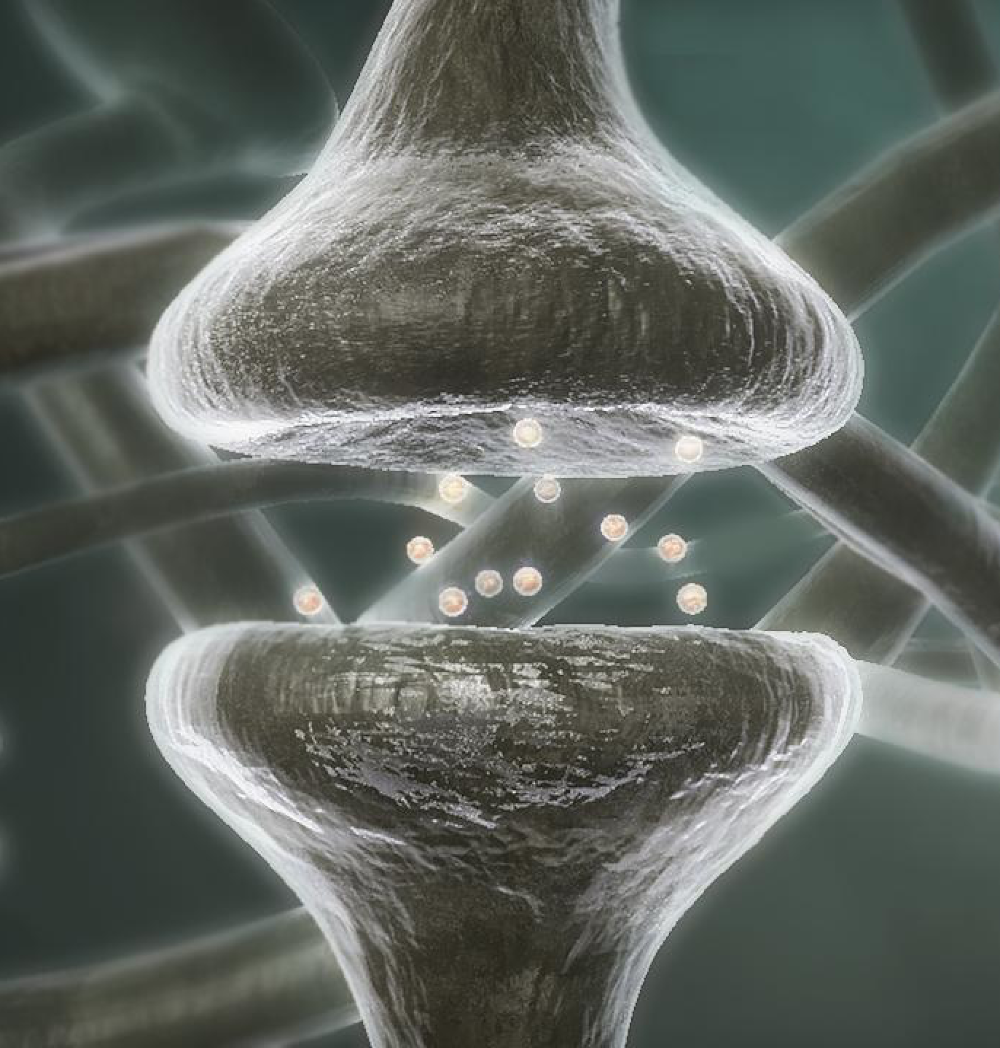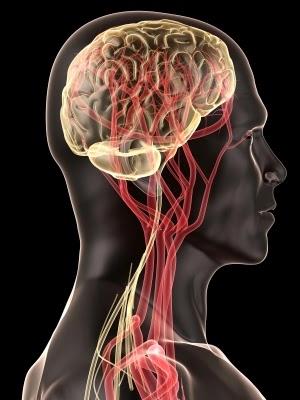
The role of synaptic phosphoprotein, Synapsin, in schizophrenia.
AUTHOR: Luke Molinaro
Schizophrenia is a costly, debilitating psychiatric illness affecting approximately 1.1% of the world’s population. The disorder is characterized by positive (hallucinations, paranoia), negative (social withdrawal, lack of motivation), and cognitive (memory impairments, attention deficits) symptoms. A number of genome-wide scans, meta-analyses, and genetic susceptibility studies have implicated the synapsin II gene (3p25) in the etiology of schizophrenia and other psychiatric disorders, and have found a reduction of synapsin II mRNA and protein in the prefrontal cortex of schizophrenic post-mortem samples. Synapsin II is a member of the neuronal phosphoprotein family and are evolutionarily conserved across many organisms. These proteins are important in a variety of synaptic functions, including synaptogenesis and the regulation of neurotransmitter release. Disruptions in the expression of synapsins lead to synaptic dysfunction, which can result in neurotransmitter imbalances, likely contributing to the pathophysiology of schizophrenia. The involvement of the synapsin family, specifically synapsin II, in the pathophysiology of schizophrenia may provide insight into improved diagnostics and novel targets for therapeutic intervention.
Citation: Molinaro, L. P., Hui, P., Tan, M., & Mishra, R. K. (2015) World Journal of Psychiatry. In Press.

Disruption in the Blood-Brain Barrier: The Missing Link between Brain and Body Inflammation in Bipolar Disorder?
AUTHOR: Jay Patel
Acting as a diffusion barrier, the blood brain barrier (BBB) is composed primarily of brain endothelial cells, astrocyte end-feet, pericytes, perivascular macrophages, and a basal membrane. Its barrier is a result of a tightly sealed monolayer of endothelial cells with tight junctions and adherens junctions forming the seal between cells at junctional complexes. The BBB regulates the transport of micro- and macromolecules between the peripheral blood and the central nervous system in order to maintain optimal levels of essential nutrients and neurotransmitters in the brain. There has been growing evidence that BBB disruption is associated with brain inflammatory conditions such as Alzheimer’s disease, multiple sclerosis, and even schizophrenia. Inflammation and oxidative stress have also been implicated in the pathophysiology of bipolar disorder (BD). Here we propose a novel model wherein transient or persistent disruption of BBB integrity is associated with decreased CNS protection and increased permeability of proinflammatory (e.g., cytokines, reactive oxygen species) substances from the peripheral blood into the brain. These events would trigger the activation of microglial cells and promote localized damage to oligodendrocytes and the myelin sheath, ultimately compromising myelination and the integrity of neural circuits. Assessing BBB integrity and the effects of current BD medication, including lithium, on BBB protection and recovery can not only advance the knowledge on the neurobiology of BD but also open numerous possibilities to investigate new treatment pathways for this devastating major mental illness.
Citation: Patel, J. P., & Frey, B. N. (2015) Neural Plasticity DOI: 10.1155/2015/708306